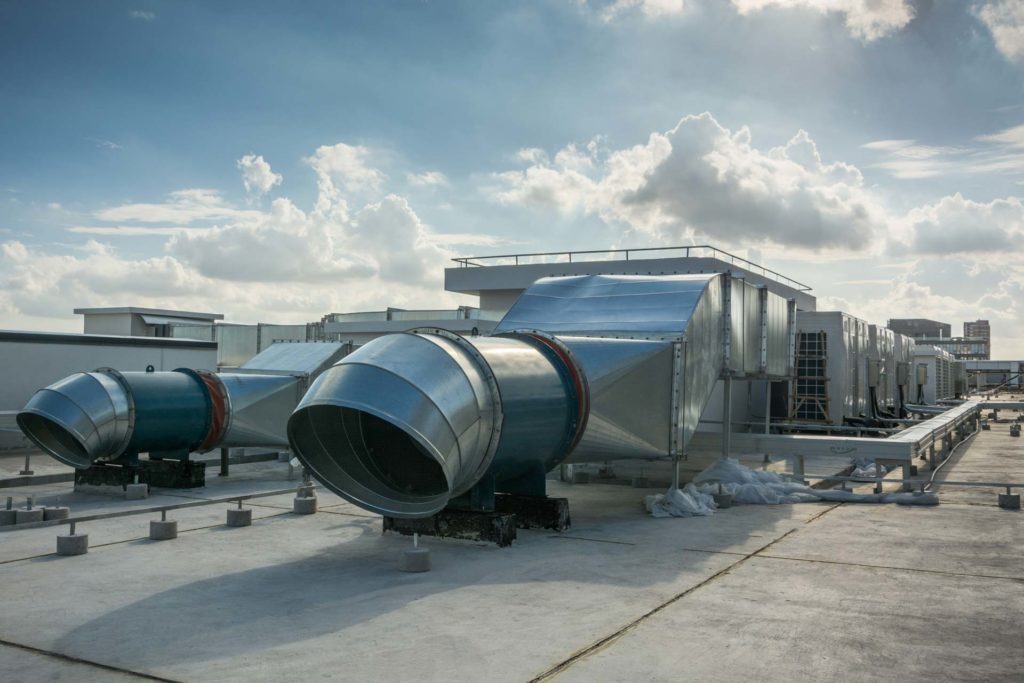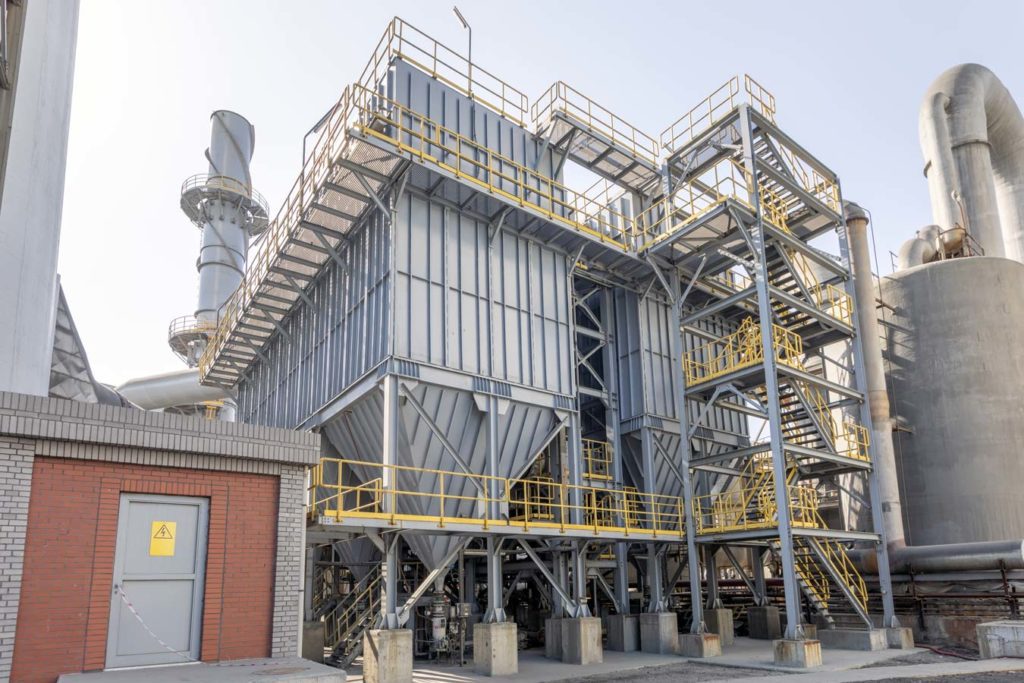Industrial processes generate massive volumes of dust and displaced air during storage and material handling.
Bin vent systems solve this problem by efficiently filtering airborne particles while relieving pressure in silos, hoppers, and bins. However, not all bin vent designs work in the same way.
Choosing the right bin vent design can significantly enhance dust control, lower maintenance costs, and ensure your facility remains OSHA-compliant.
In this guide, we’ll break down the most common types of bin vents and the benefits that make them essential for safe, clean, and efficient operations.
What Is a Bin Vent and How Does It Work?
A bin vent is a compact dust collection system used to manage displaced air and fine particulate during material loading or unloading.
These units are typically mounted on top of silos or storage bins and are designed to prevent pressure buildup while filtering dust-filled air.
Here’s how a bin vent works:
- As material flows into a bin, air is pushed out.
- Bin vents filter this air to prevent dust from escaping into the environment.
- Clean air is released, while dust is captured on internal filters.
Bin vents are crucial in bulk material operations across various industries, including cement, agriculture, chemical processing, and food manufacturing.
Types of Bin Vent Designs
Each facility has unique operational needs, and choosing the correct bin vent design is essential for effective dust control, efficient maintenance, and long-term reliability. These are the most commonly used types of bin vents and how they meet the demand of different environments.
Pulse Jet Bin Vents
Pulse jet bin vents use pulses of compressed air to clean the filters while the system stays online. This construction makes them ideal for continuous or high-volume operations.
Their self-cleaning mechanism maintains airflow and extends filter life without interrupting production.
Cartridge Bin Vents
Compact and highly efficient, cartridge bin vents utilize pleated filters that provide a larger surface area in a smaller footprint.
These units are especially effective for capturing fine particulates and are a go-to solution for applications with space constraints.
Bag-Style Bin Vents
Bag-style bin vents rely on fabric filter bags supported by internal cages. They’re a classic design with a larger footprint and are often more affordable upfront.
However, they typically require more frequent maintenance and take up more space than cartridge models.
Insertable vs. Plenum-Style Bin Vents
When selecting a bin vent, one of the most important decisions is determining the right installation style. This choice affects not only performance but also ease of maintenance and long-term operational efficiency.
- Insertable bin vents are installed directly inside the silo, eliminating the need for external housings or ductwork. These are great for simplifying installation, especially in retrofits or tight spaces where external access is limited.
- Plenum-style bin vents are mounted externally, providing easier access for maintenance and repair. They’re ideal for facilities that prioritize fast filter changes and minimal equipment downtime.
Understanding the trade-offs between these two configurations can help you align your bin vent system with your facility’s specific layout and operational needs.
Key Benefits of Bin Vent Systems
Understanding the different types of bin vents is just the first step. To make an informed decision for your operation, it’s essential to evaluate the real-world advantages they offer.
Here are some of the top benefits of bin vent filtration systems:
High-Efficiency Dust Control
Modern bin vents are equipped with high-efficiency filters, such as MERV-13 to MERV-15 rated media like Donaldson’s Ultra-Web®.
These systems capture up to 99.99% of airborne dust, helping maintain air quality and meet environmental standards.
Continuous Operation with Minimal Downtime
Thanks to features like pulse-jet cleaning, bin vents can run without interruption. Tool-free access and clean-air-side filter replacement keep maintenance time and labor costs low.
Compliance and Workplace Safety
Properly designed bin vents prevent dangerous pressure buildup, reduce explosion risk, and help facilities remain compliant with OSHA and EPA dust regulations.
Compact & Customizable Configurations
Whether you’re dealing with tight footprints or harsh environments, bin vent systems can be tailored with features like:
- Low-profile housings
- Stainless steel construction
- Corrosion- and high-temperature-resistant finishes
- Fan or fanless operation options
How to Choose the Right Bin Vent for Your Facility
Selecting the right bin vent design starts with understanding your airflow needs, material characteristics, and available space. Some key factors to consider:
- Air-to-cloth ratio: Ensures the filter media surface area matches your dust load.
- Media type: Select filter media compatible with your dust type and operational conditions.
- Maintenance access: Choose plenum models for easy external access, or insertable units to simplify installation.
Final Thoughts on The Right Bin Vent Design
Choosing the right bin vent design isn’t just a technical decision — it’s an investment in long-term performance, safety, and compliance.
Whether you need a low-profile cartridge vent or a high-capacity pulse-jet system, Baghouse America has a solution tailored to your specific environment.
Have questions about bin vent selection?
Contact our team for expert advice and scalable dust control solutions that meet your needs.

